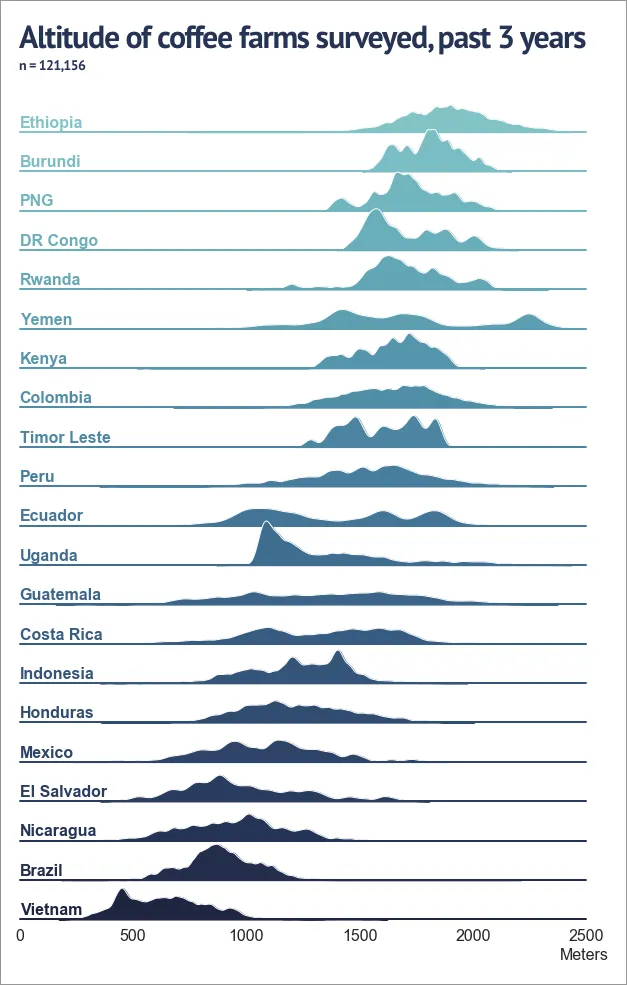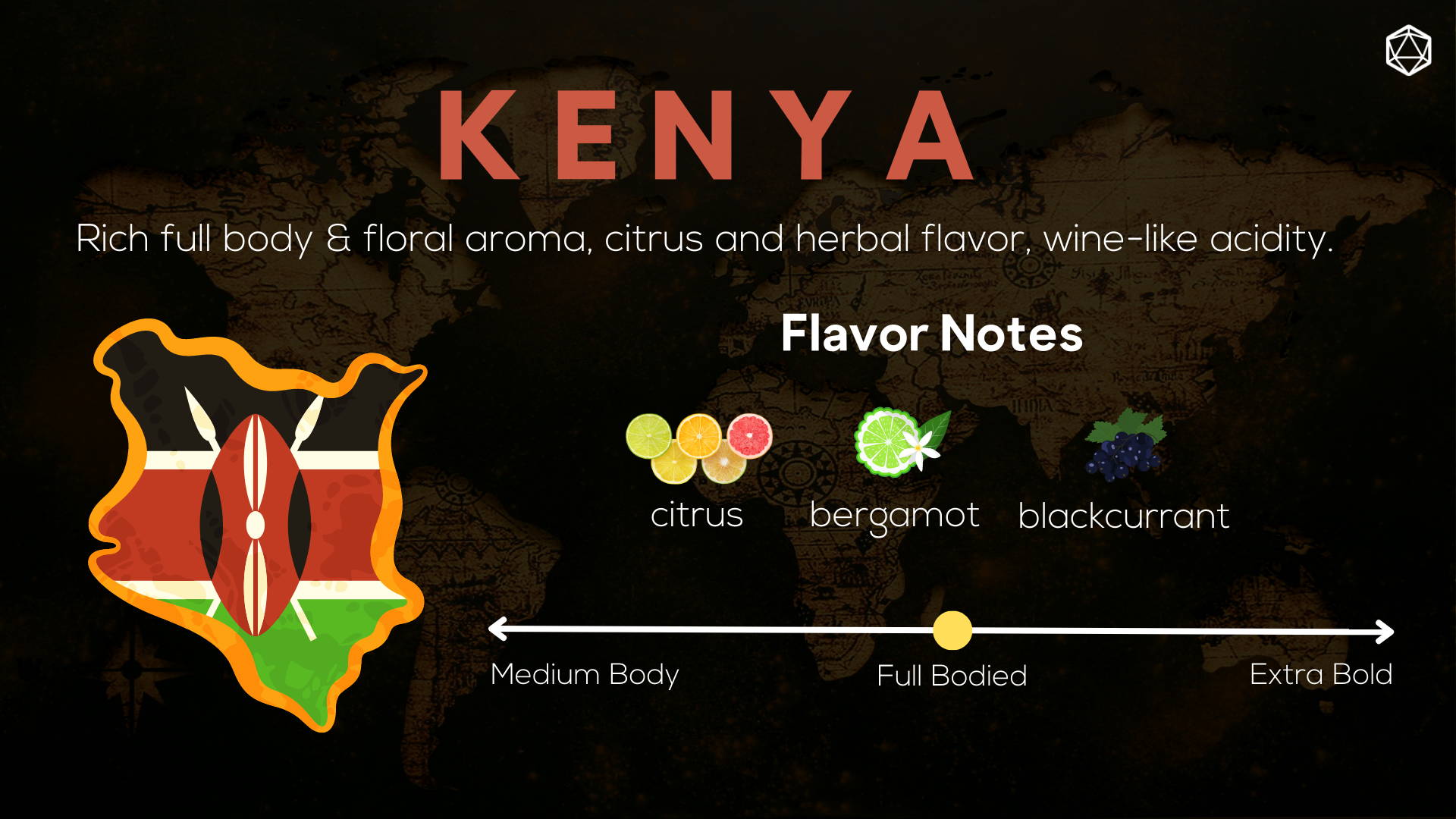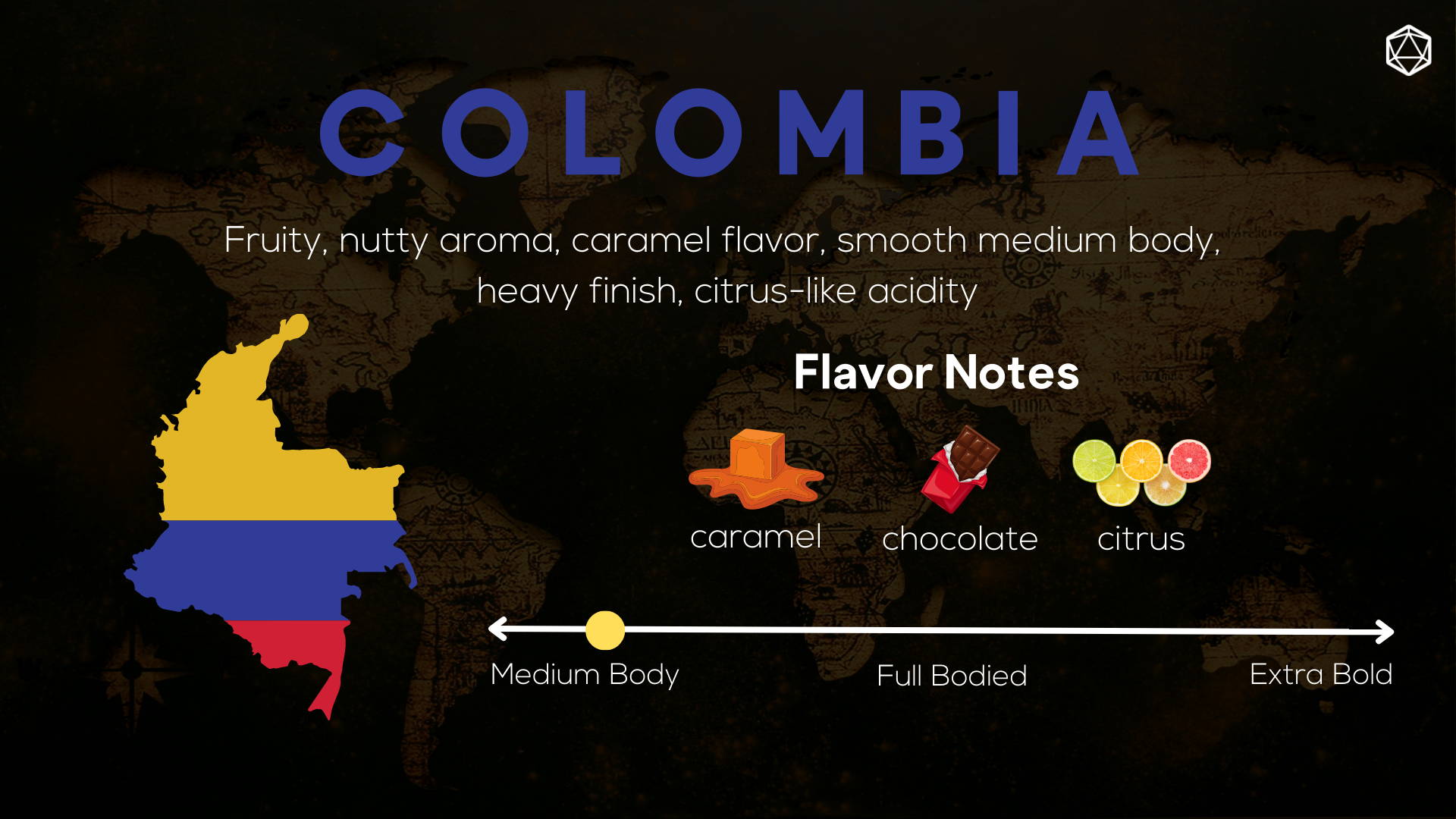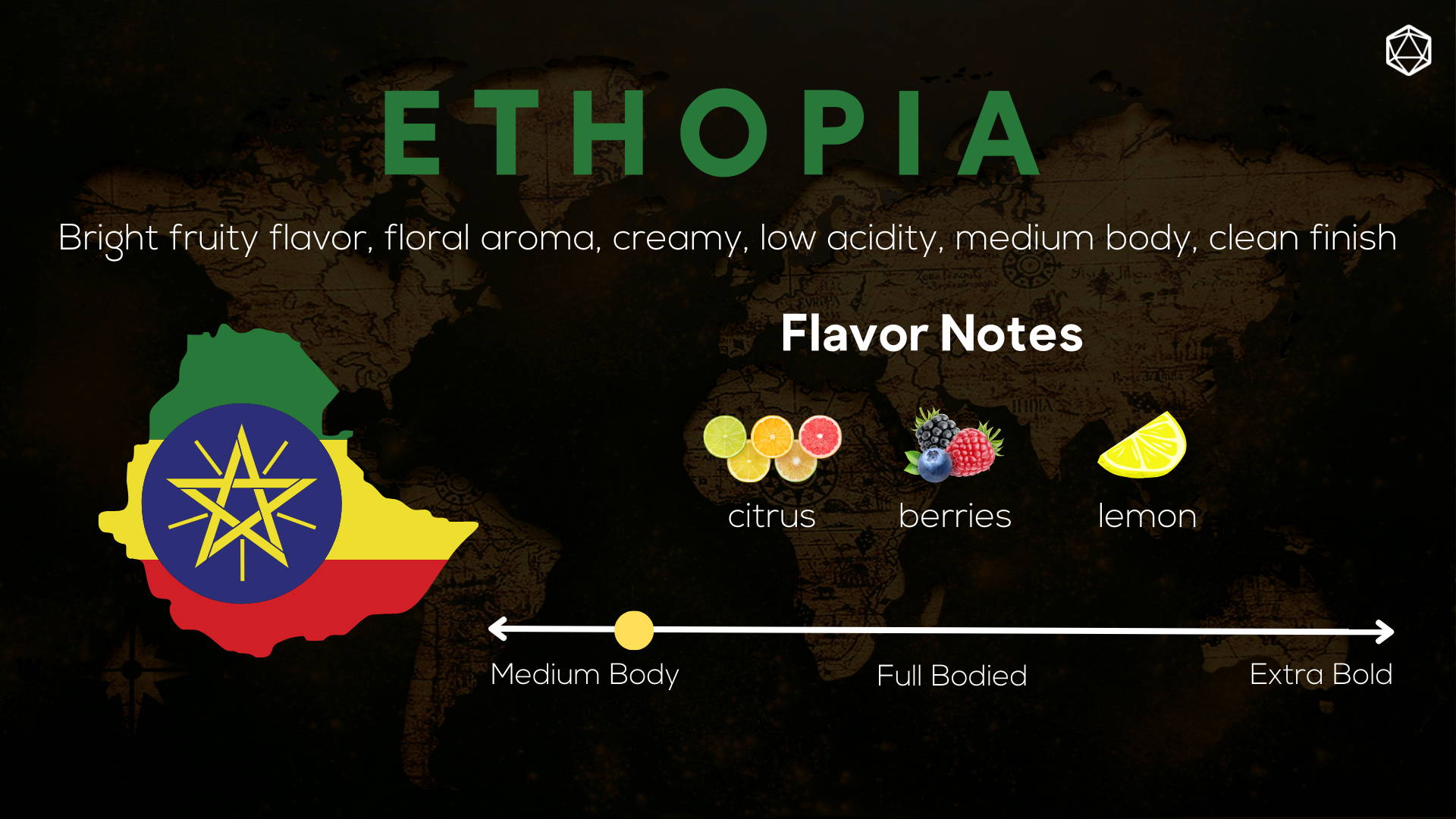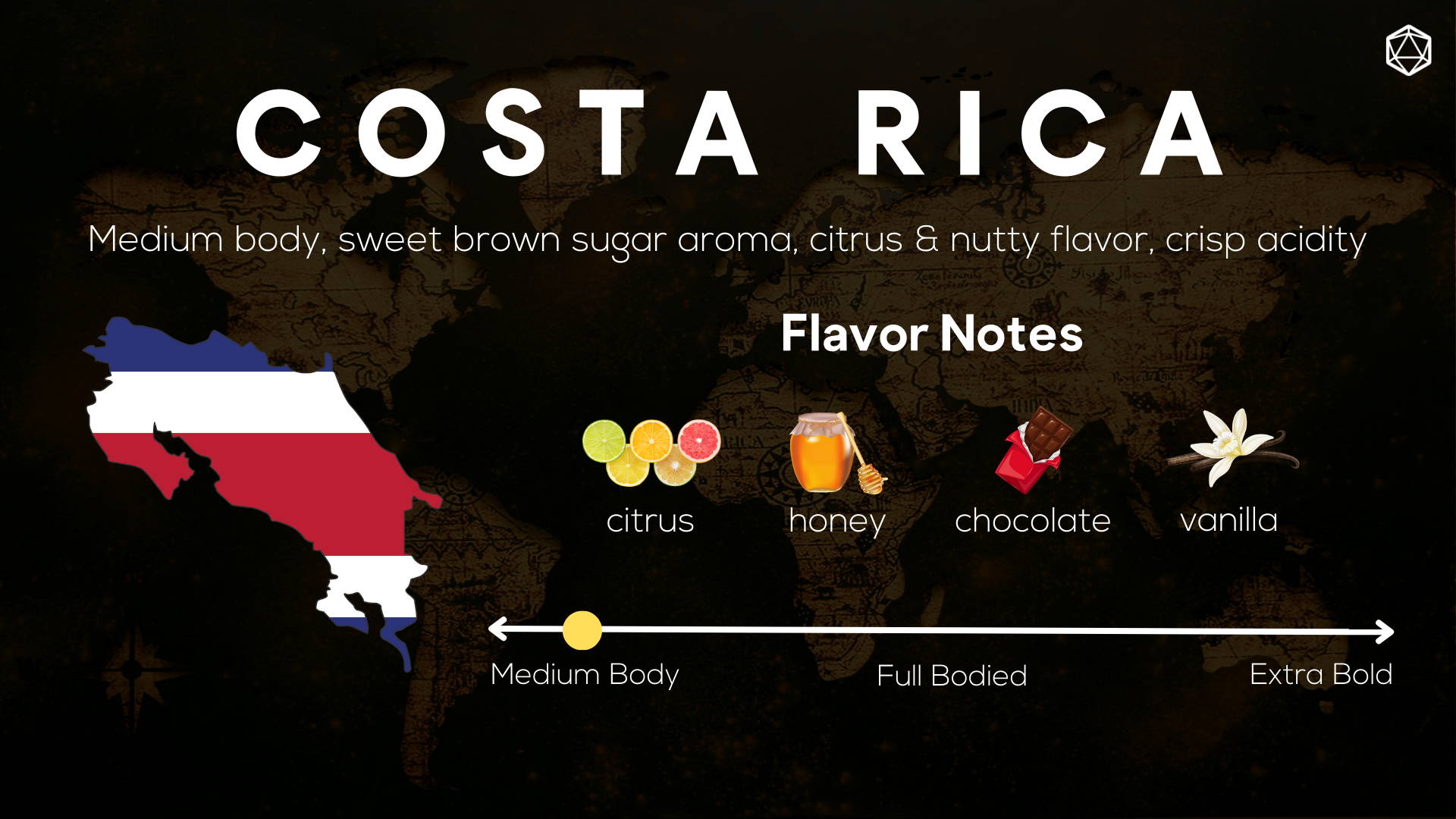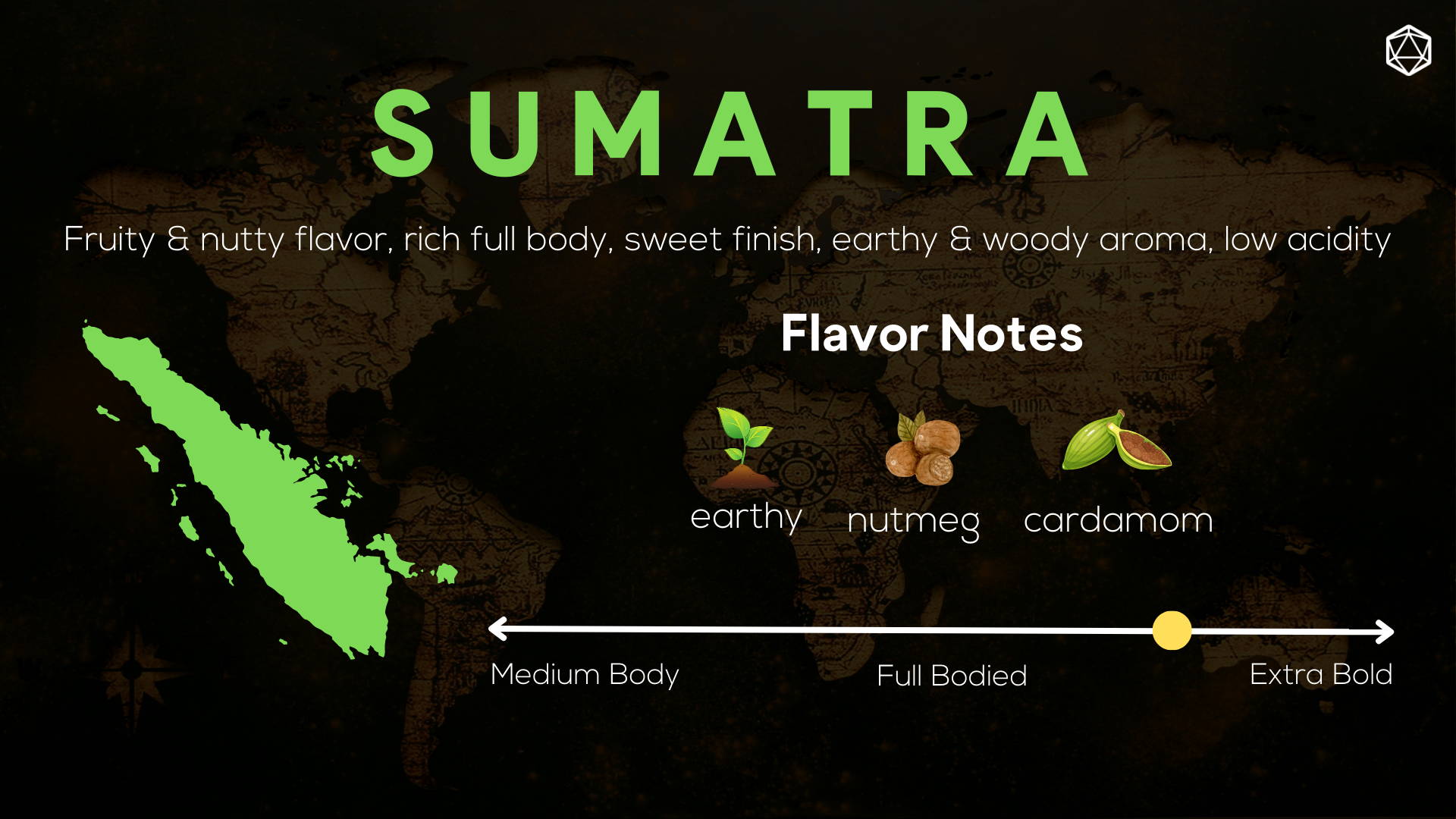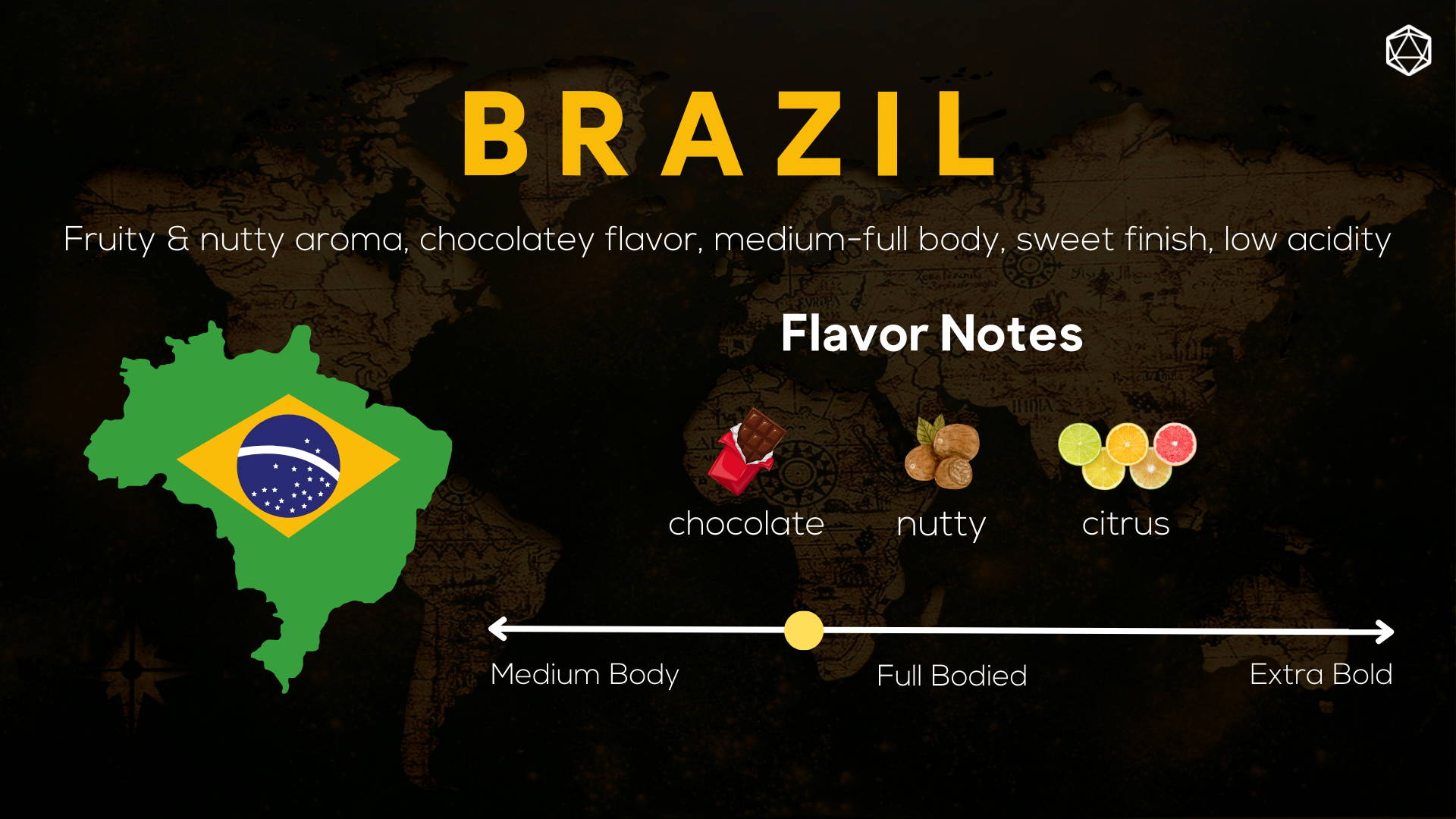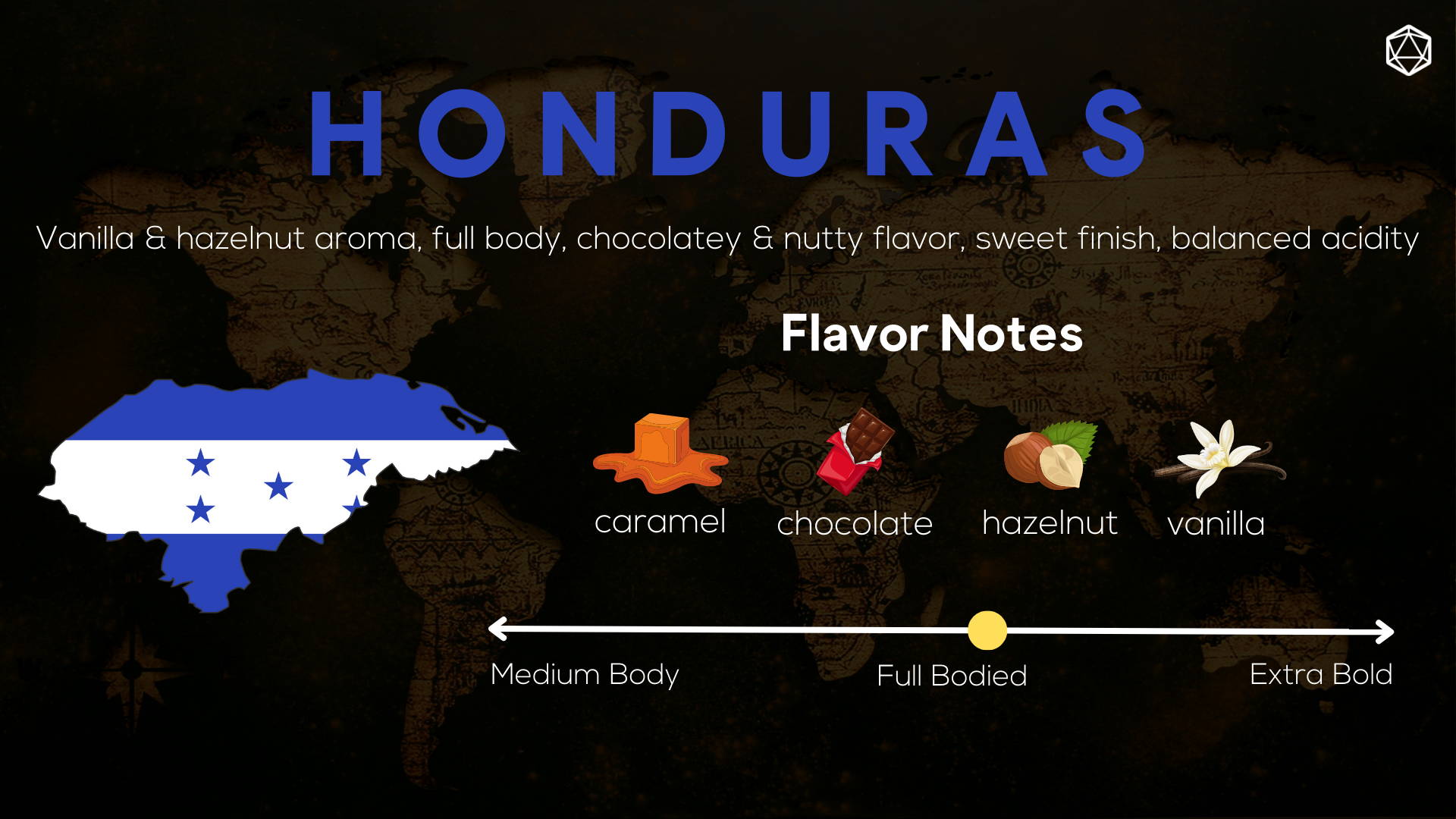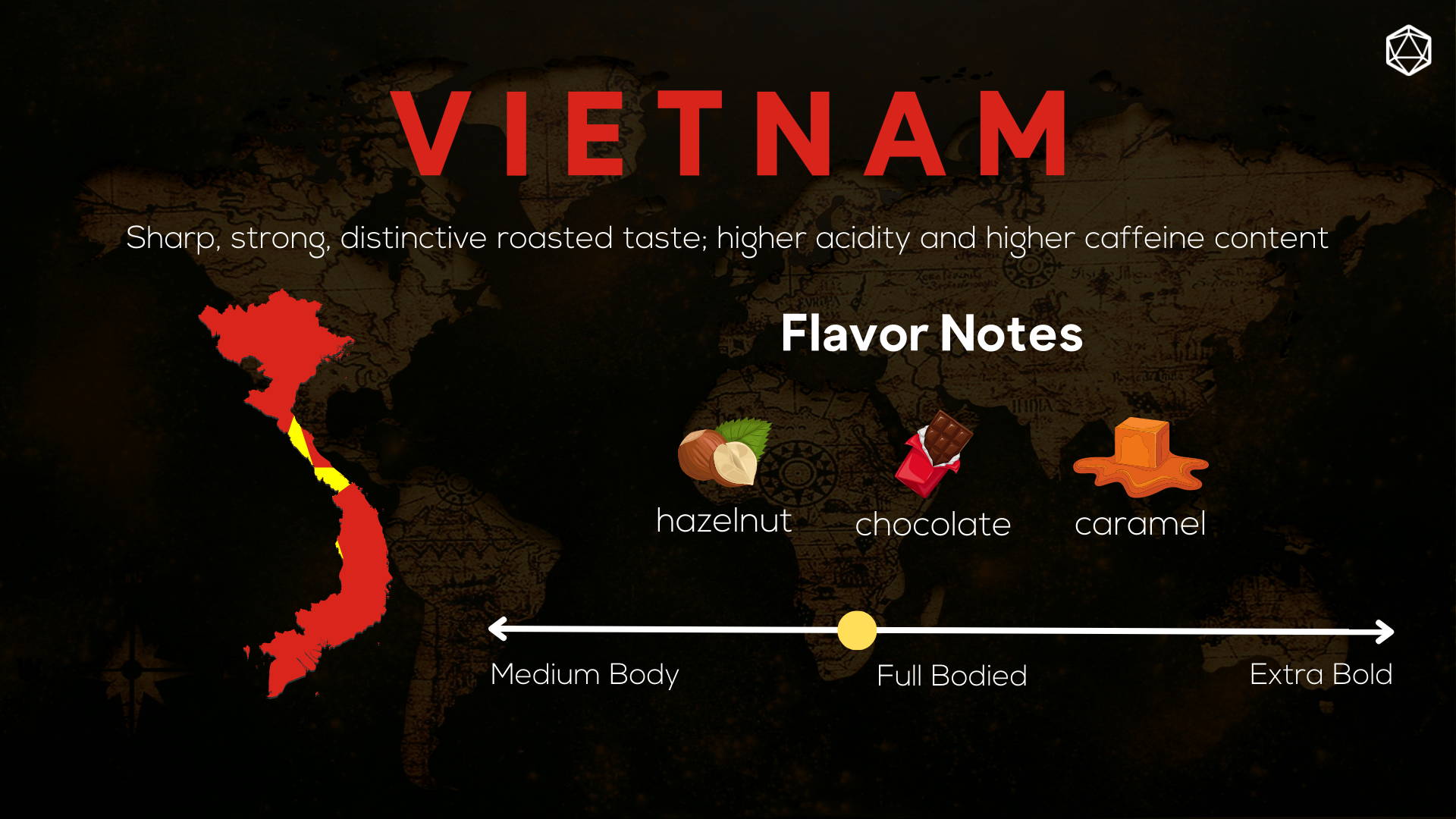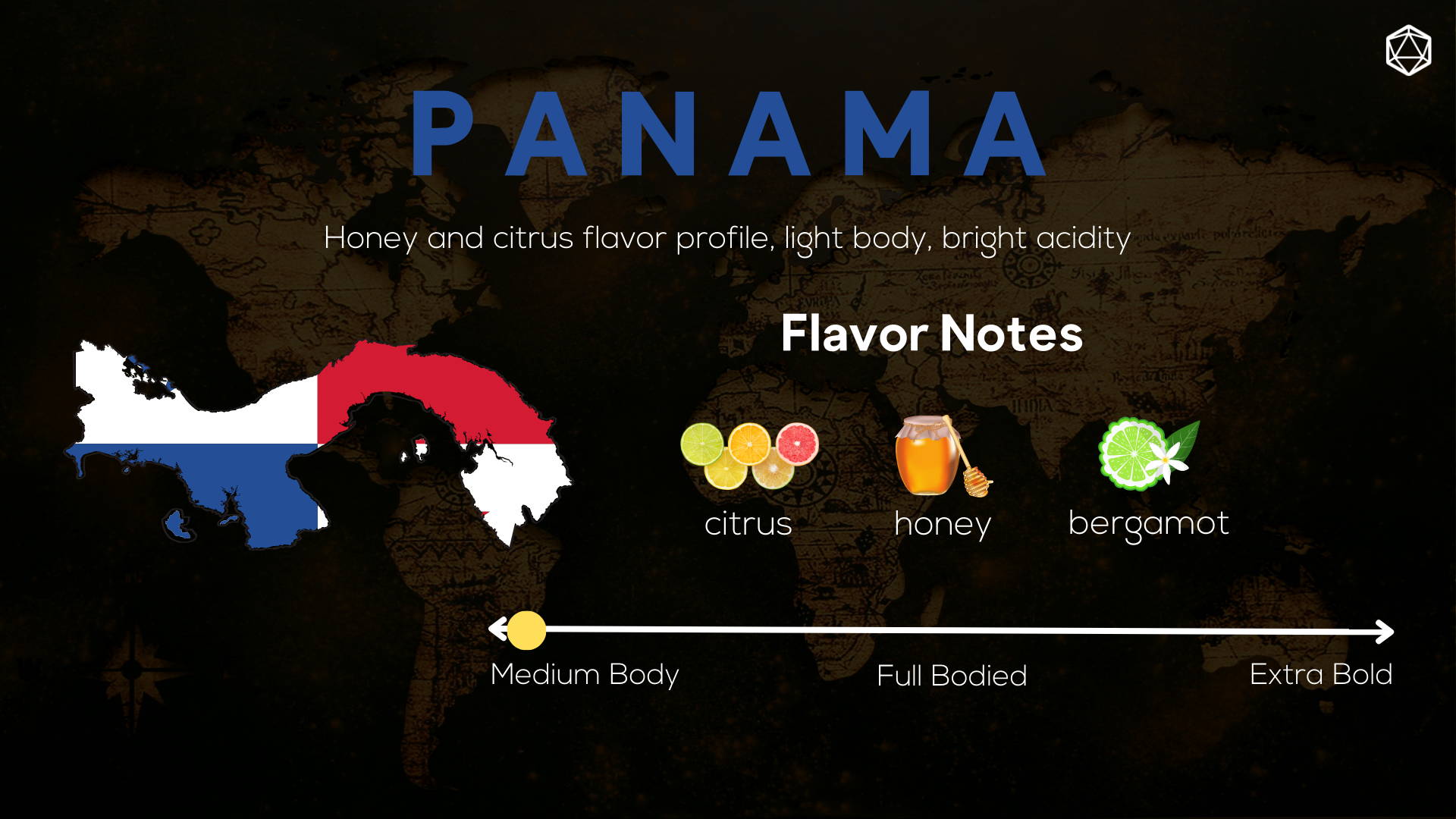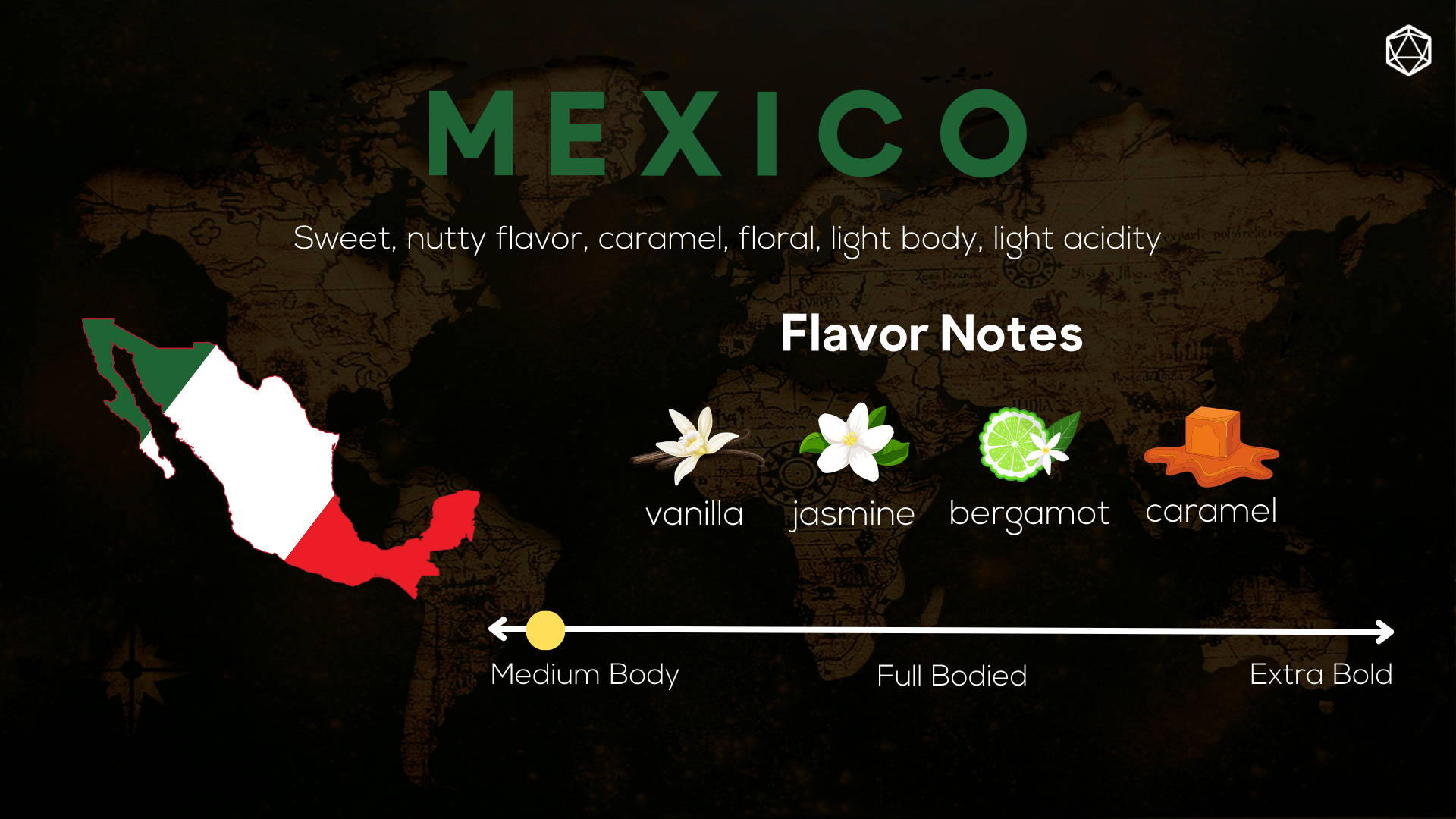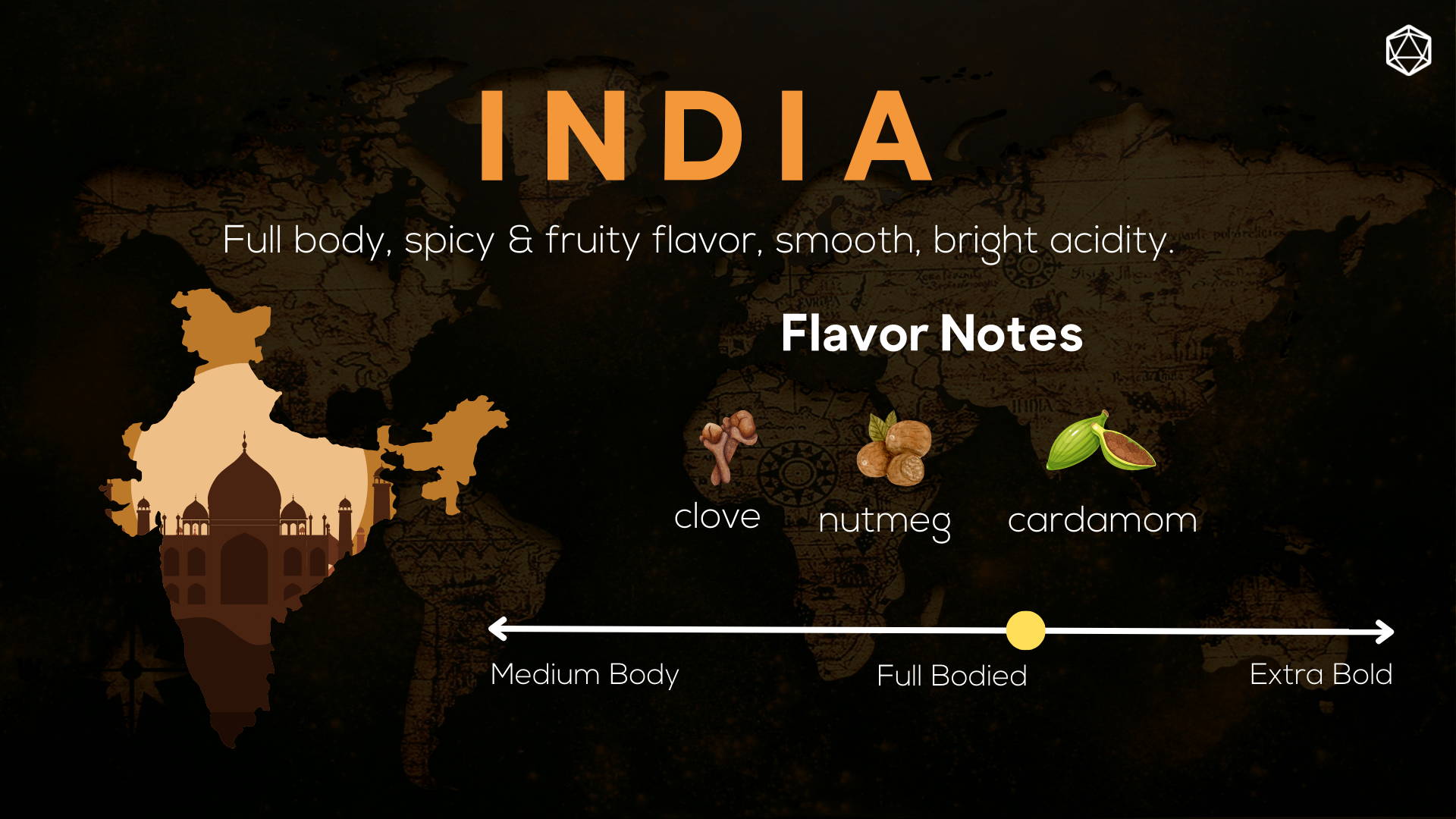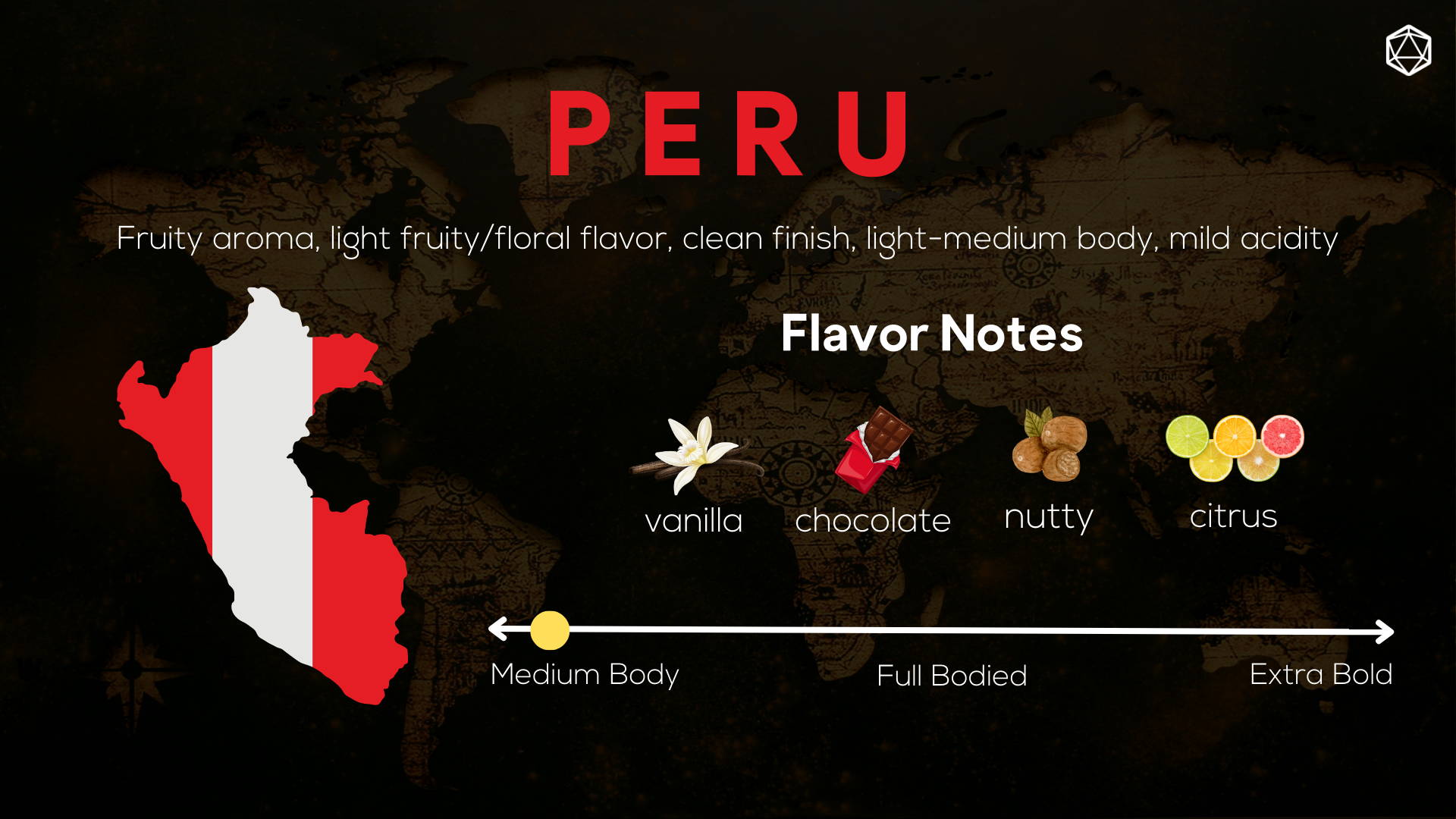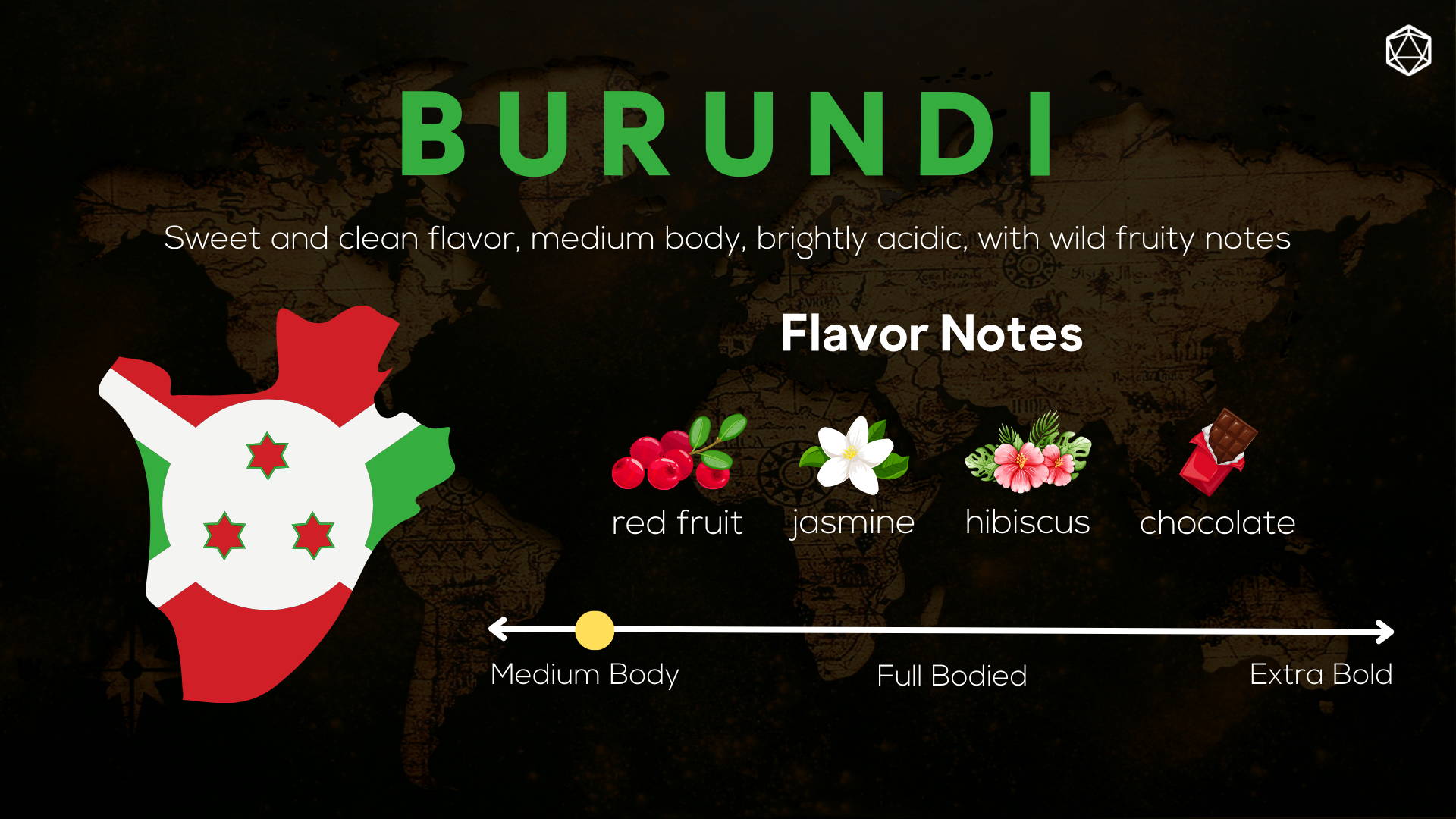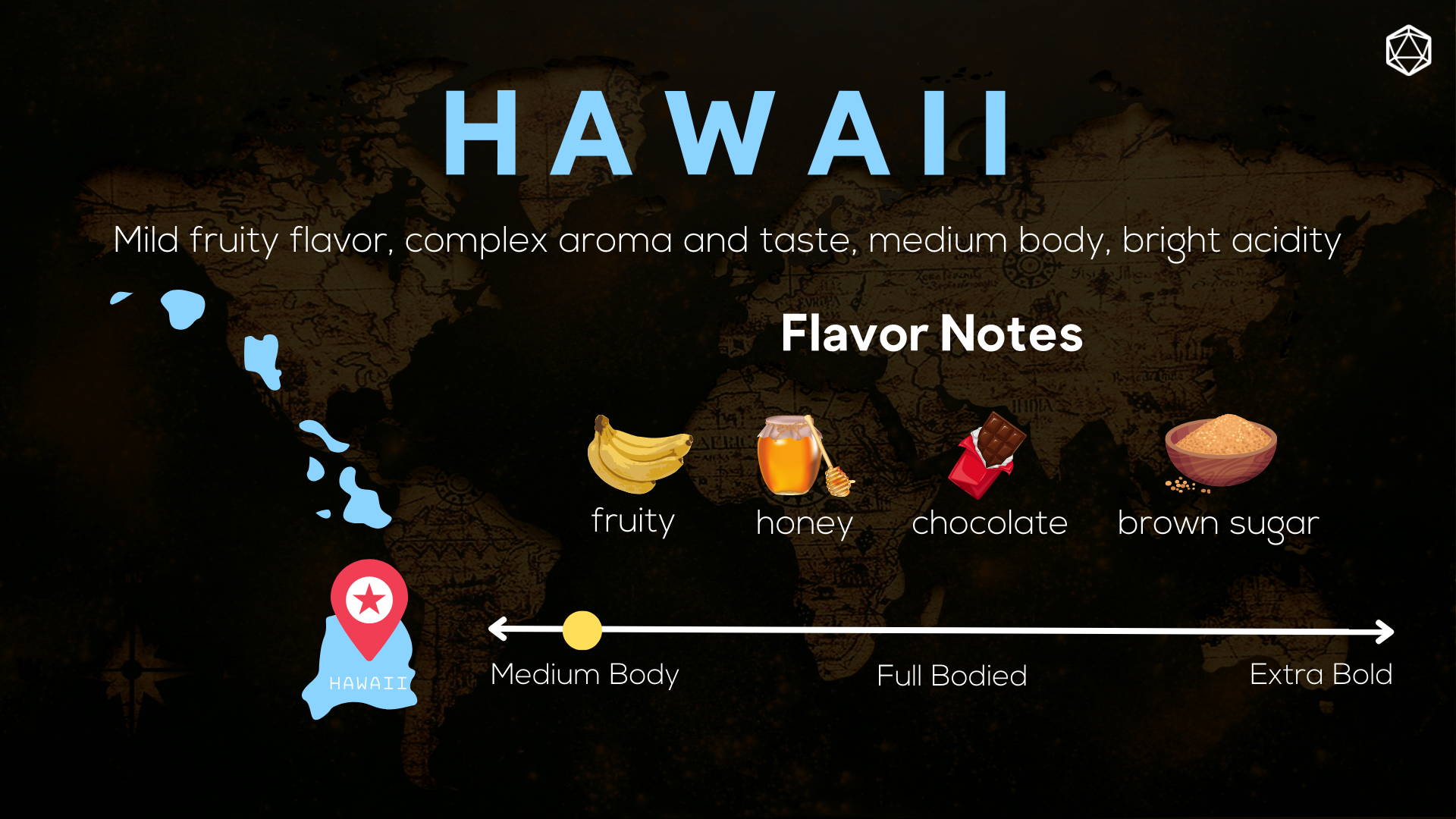Most of the coffee produced around the world comes from the "Coffee Belt" or "Bean Belt, countries located inbetween the
Tropics of Cancer and Capricorn. These countries have the optimal climate for growing coffee: mild temperatures, dry and
rainy seasons, adequate soil, and places with high altitude which bring out interesting and desireable flavors.
Despite coffee originating from Ethiopia, production has spread all over the world, and each region exhibits its own unique
characteristics. While there are many factors influencing the final flavor of coffee, such as bean variety, growing
method, weather and conditions throught the year etc., the majority of coffees from each region showcase a profile
which make it synonymous to its country of origin.
Central America
Though not the largest, Central America is big contributer to the global coffee market, and important for the supply and preferences of the North American market. Coffees from this region are often characterized as having varying amounts of acidity (more apple-ish and malic in Guatemala; cherry-like from Mexico), with soft brown sugar-like sweetness, notes of chocolate or buttery pie crust. The fruit-like flavors can compliment the surrounding flavors of cocoa and spice helping make them balanced and enjoyable coffees.
South America
As the largest coffee producing region in the world, South America showcases a varying range of styles and flavors.
While Brazil, the largest producing country in the world, produces a wide range of styles in and of itself, one can expect
Brazilian coffee to have medium to full body, lower levels of acidity, gentle sweetness and notes of dark chocolate, nuts,
spice and some fruit.
Colombia is another powerhouse from the region, being the third largest producer in the world. Colombian coffees bring together
medium body, caramelly sweetness, citrus acidity and fruity notes with some nuttiness.
With other countries in the region (Peru, Ecuador, Bolivia etc.) increasingly entering the market, South American coffee is
one many will know; chocolaty, nutty, caramelly goodness.
Africa
Though not the largest producer in the world, Africa is an iconic and deeply historic coffee growing region with distinctive
characteristics.
Ethiopia being the home to thousands of wild and native varieties demonstrates a number of different styles and flavors,
demonstrating the vast range that coffee can have in one country. Depending on the variety and processing method, Ethiopian
coffees exhibits fruit flavors ranging from blueberry and strawberry to stonefruits and citrus, and can have wine-like notes
as well as floral and tea notes. Coupled with sweetness, good acidity, and medium body, Ethiopia showcase what the birthplace
of coffee is all about.
Another country with distinctive coffee is Kenya. Bold, full-body with distinct wine-like and fruity flavors, Kenyan coffee
is also described as vibrant and juicy. With bright acidity and a complex and unique profile, its not uncommon for Kenyan
coffees to taste savory and sweet, showcasing flavors such as cherry tomato, black currant and bergamot.
Africa is a vast and expanding coffee growing region, with some of the most distinctive coffees in the world. With countries
like Tanzania, Burundi, Rwanda, Congo etc. all producing unique coffee, a cup from this region can produce bright acidity,
powerful fruity flavors, floral notes, syrupy sweetness, and depth of flavor that reflects its history and terrier.
Asia
Asia is a massive producer of coffee, second only to South America. Flavors can vary widely between countries, with different
varieties and processing methods implemented. A key difference with much of the coffee production in asia compared to other regions is
the presence of robusta and arabica varieties with robusta lineage, which leads to darker, smokier, earthier coffees with more bitterness.
Possibly the most well known is Indonesia with its bold, full-body, dark coffees. While some drinker might be offput by its unique flavor,
the smoky, chocolatey, earthy, herbaceous and low acid found in Indonesian coffees is loved by many. Some of these characteristics can also
found in coffees from India, revealing flavors of spice and earth with a bit more acidity.
Vietnam is the second largest producer of coffee, producing more robusta focused varieties. These coffees are dark, bold, have more bitterness
and body. These characteristics lend itself well to how coffee is enjoyed in the country, often strong and dark and sweetend with sugar,
condensed milk, and milk.
One outlier may be Papua New Guinea, whose coffee showcases more fruity flavors, along with chocolate, spice and a full body. All in all
Asian coffees distinguish themselves with their lower acidity, dark, bold, smokey, earthy and spicey flavors when compared to the rest
of the world.
Some examples of different countries and their various tasting notes
Souces & References
- Coffee Regions & Profiles, https://www.ashevillecoffeetours.com/ashevillecollegeblog/2022/3/28/coffee-regions-amp-profiles
- Coffee regions around the world and their flavour profiles, https://ignitecoffee.com.au/blogs/thecoffeeblog/coffee-regions-around-the-world-and-their-flavour-profiles#best-coffee-beans
- Coffee Regions of the World: A Complete Guide, https://fathomcoffee.com/coffee-regions-guide/?srsltid=AfmBOooS5X3NfGal3_wtznIhriVf74dtEu4ziK3jhY8UpA9os8PYZcLh


